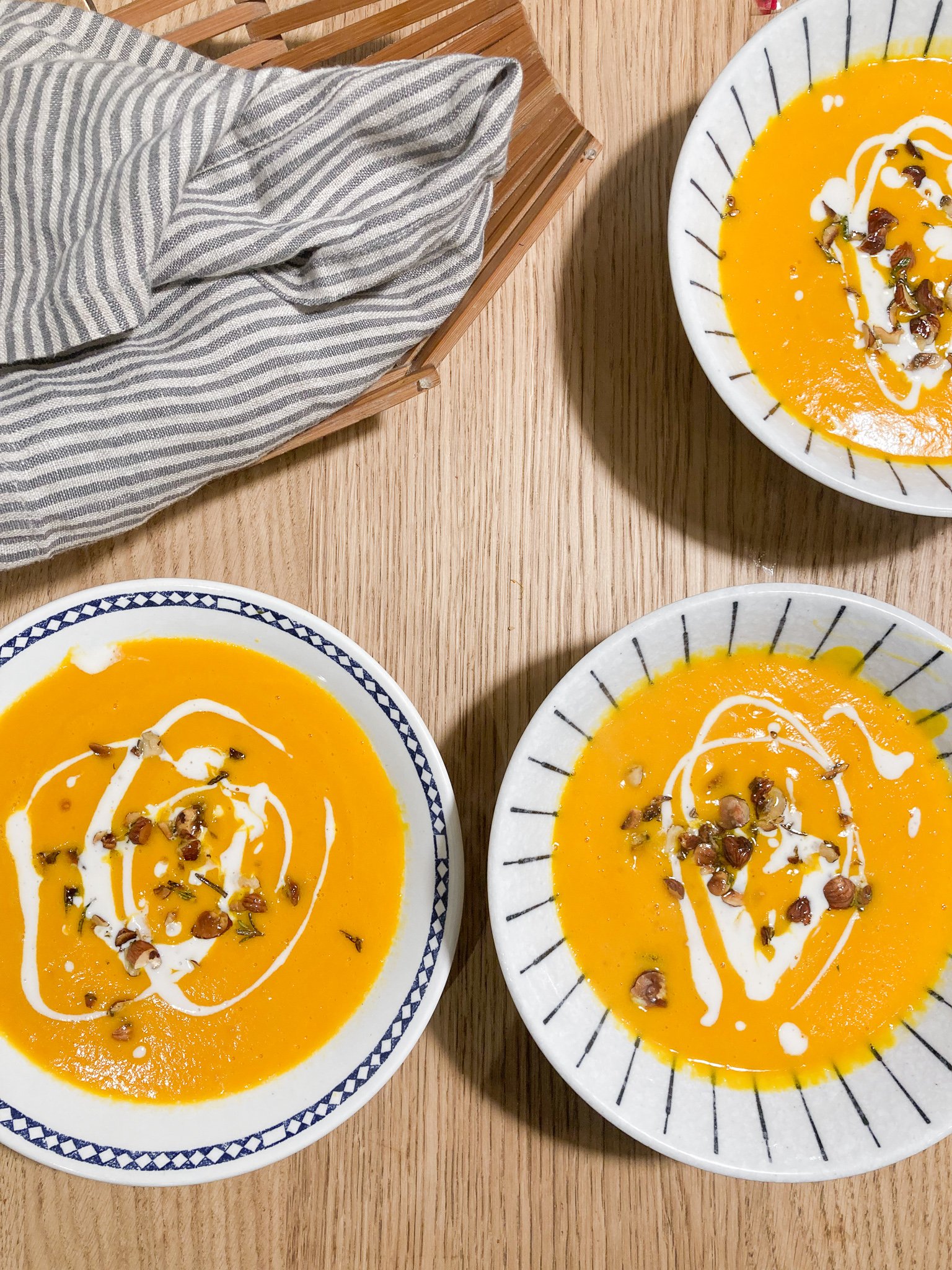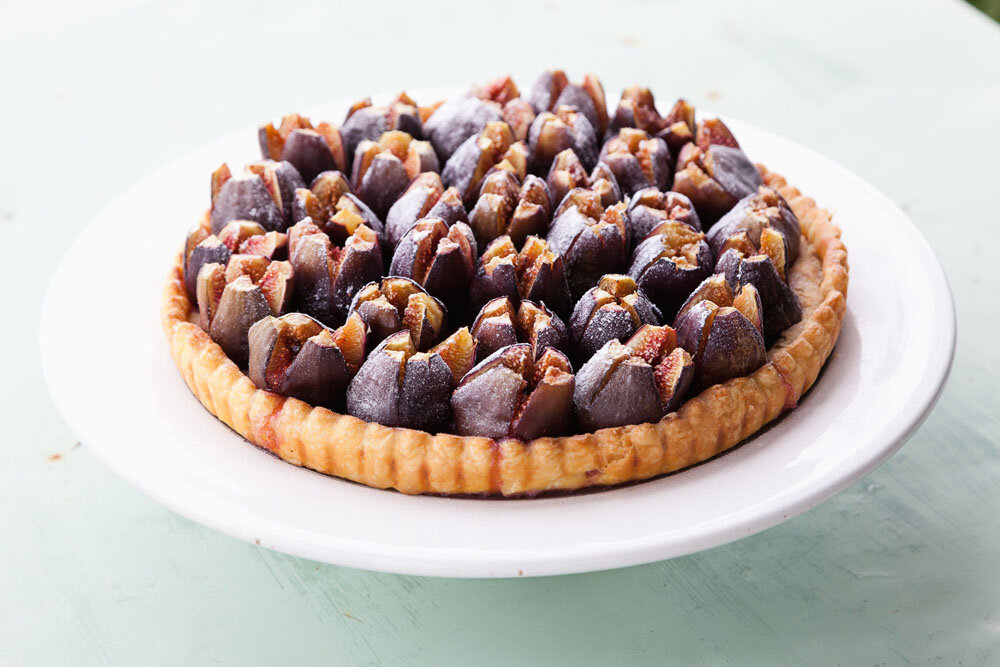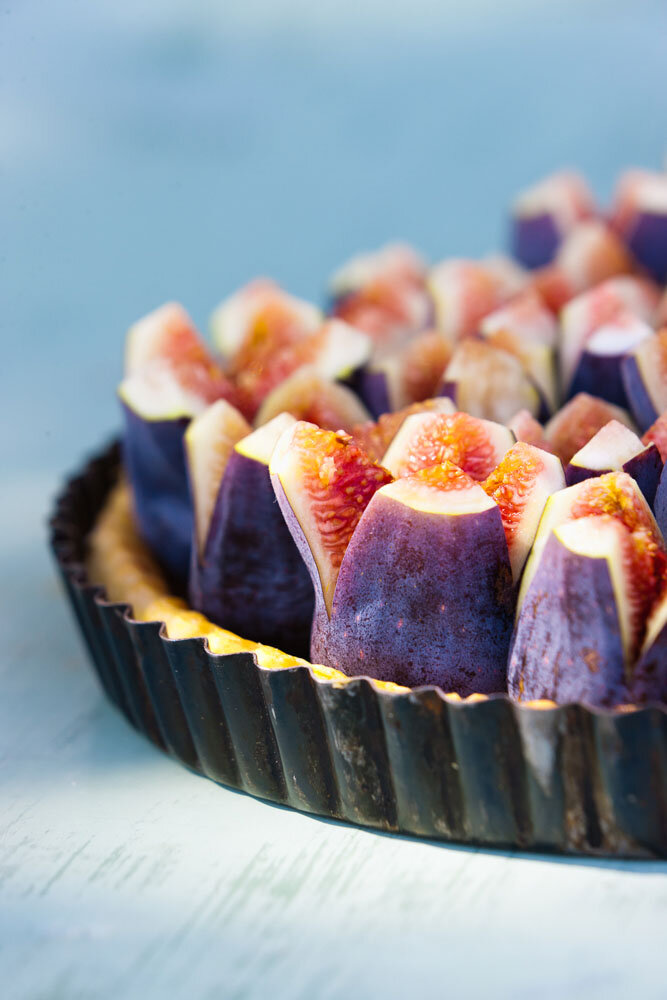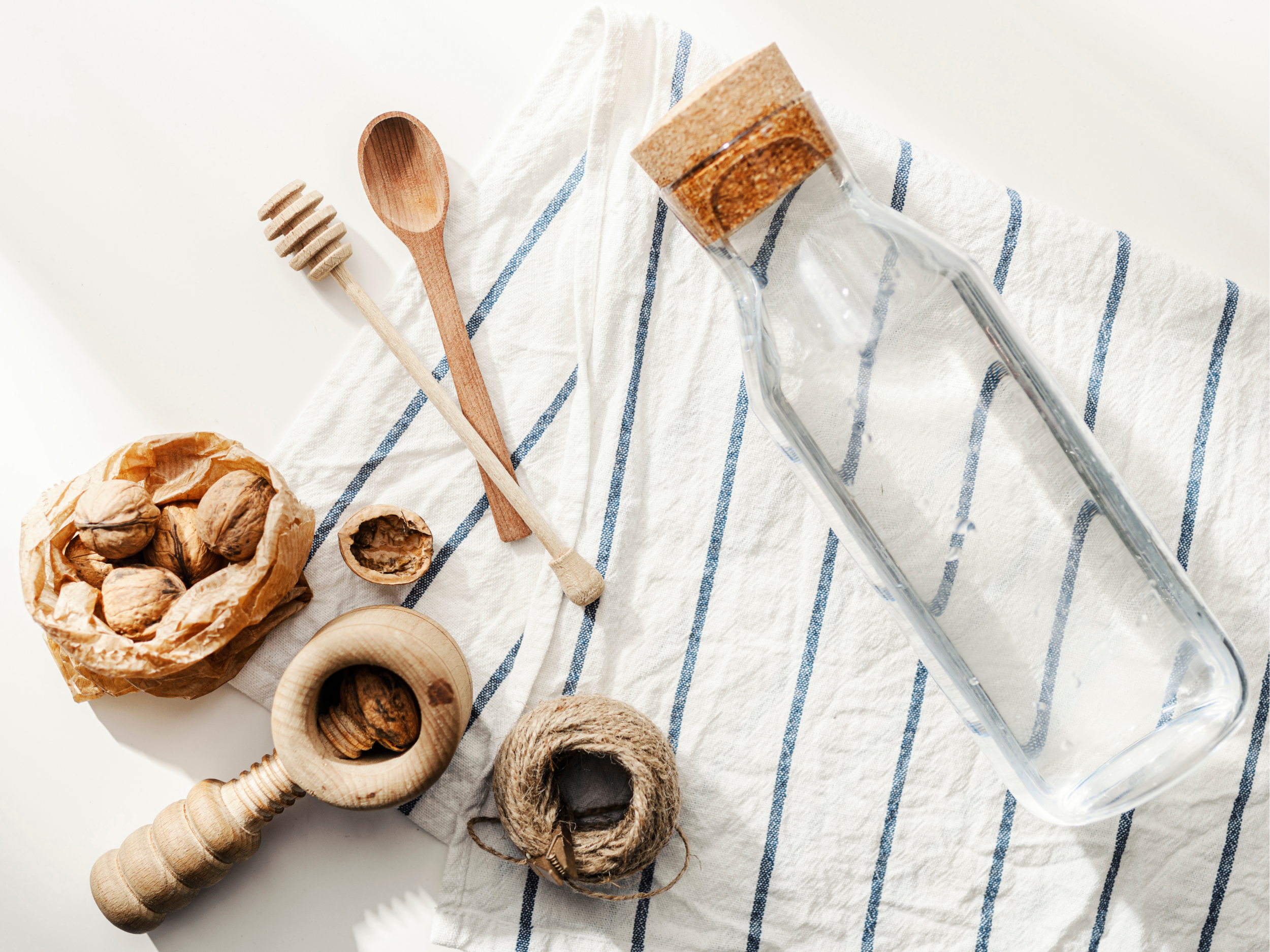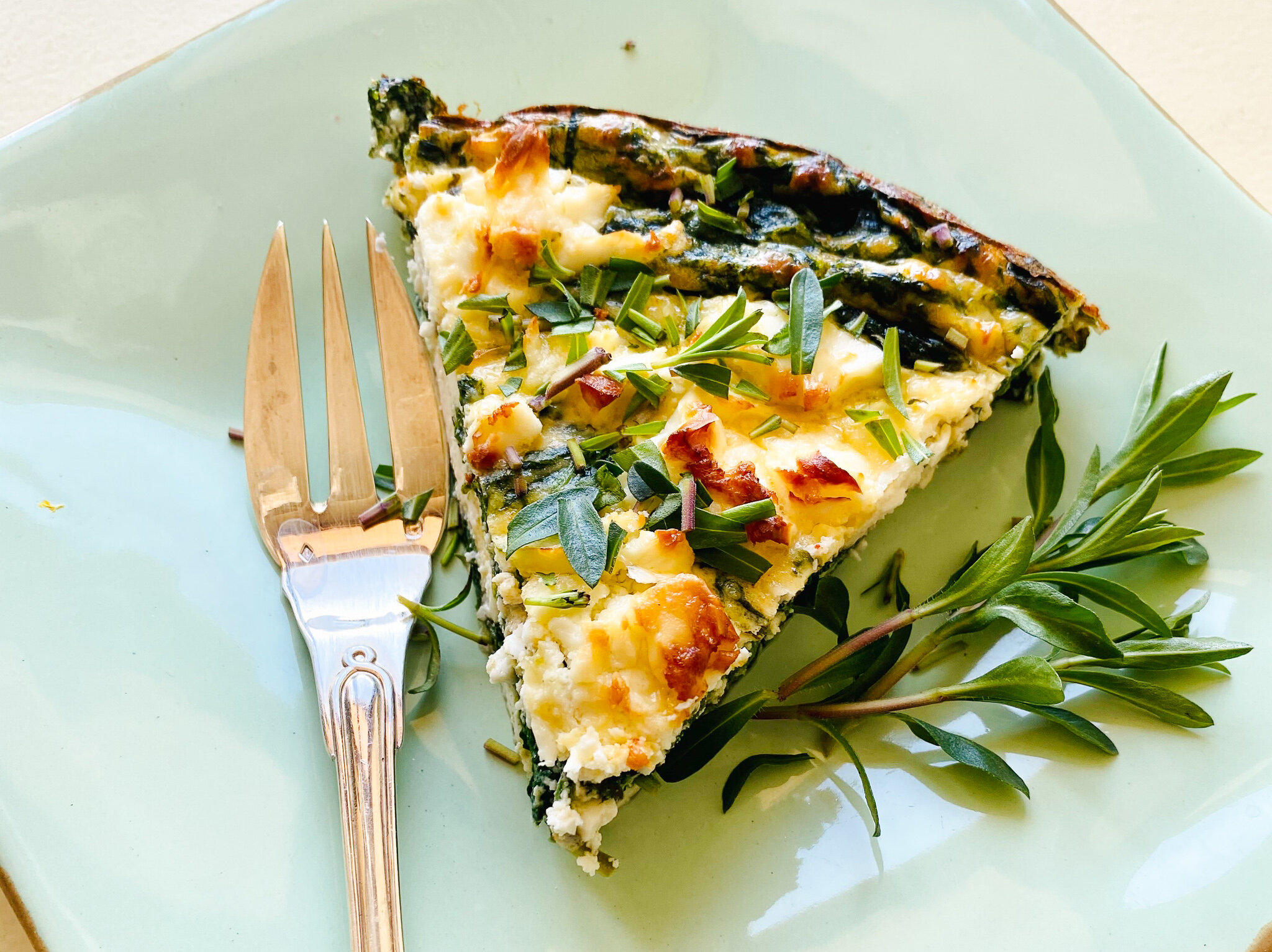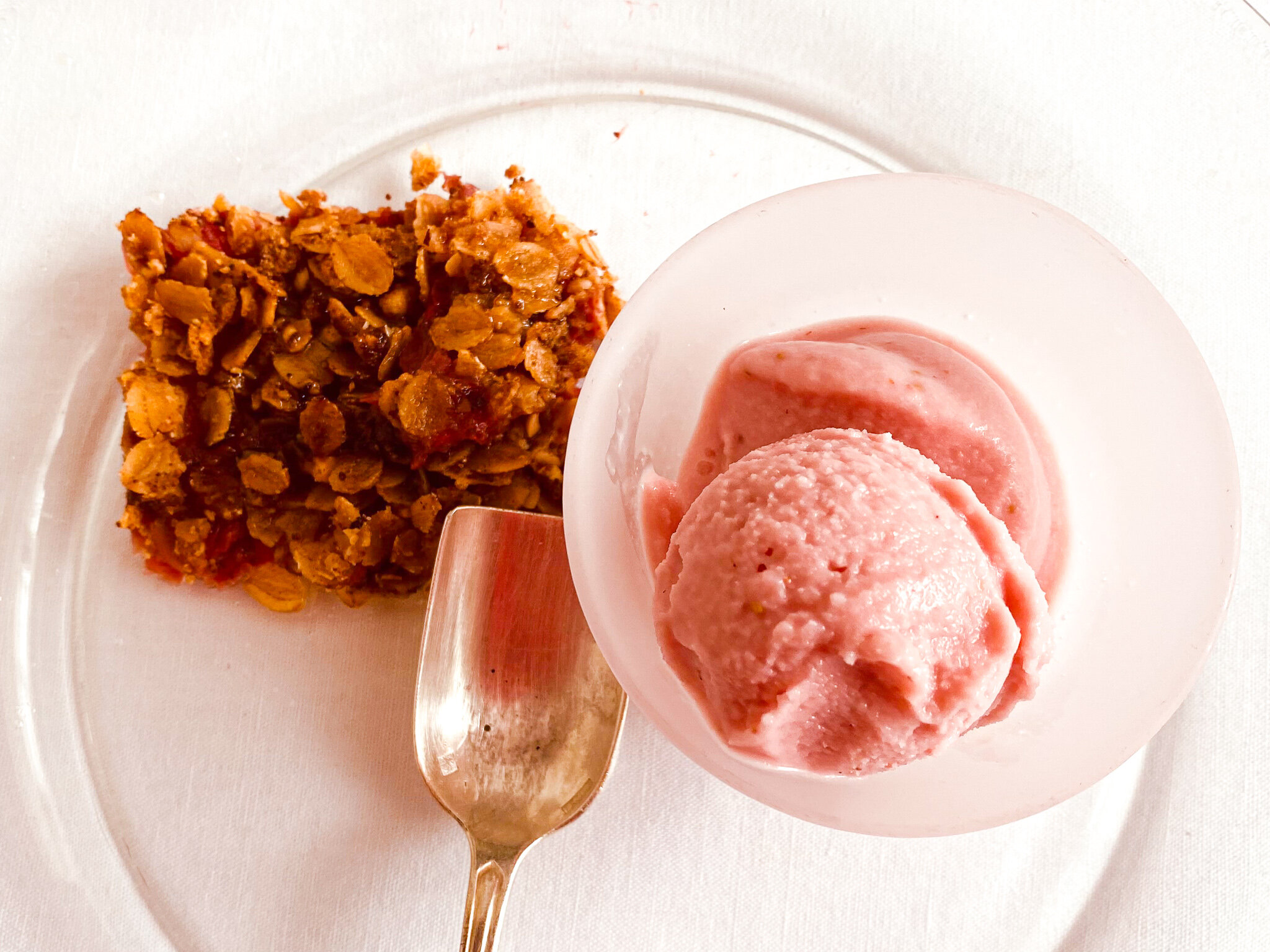How “green” is your kitchen? Over the years, we have made swaps and changes to our kitchen habits and tools to minimize the environmental impact of the way we cook. It turns out a lot of these habits are better for our health, and most actually save us money, which offsets any extra expense we might have to make in other areas. Here are some of our favorite ways to lessen your footprint in the kitchen.
Save water
For many of us easy access to fresh running water can lead us to take it for granted, yet it is a precious finite resource. Every time we turn on the tap, it’s helpful to remember that only 1.2% of earth’s water is drinkable, to be shared among 7 billion inhabitants, so use it sparingly.
Use a bowl or tub when washing dishes to catch the water, and don’t run the water continuously as you wash. Collect the water you use to rinse vegetables, leafy greens, salad and fruit, and use it again to water your plants
Don’t throw away the starchy water from rinsing rice. It can be used to wash dishes or as a face wash, toner or rinse to strengthen your hair. Fermenting the water has extra nutritional benefits for skin and hair.
When boiling food on the stove top, consider what else you may be able to add to the pot – for example when making pasta, blanch vegetables in the water for the last couple of minutes of cooking time, or add a steamer basket above to make use of the evaporating water. This will also help save on energy.
Conserve energy
Being conscious of our energy consumption in the kitchen will not only save on your energy bill, it will help to lower you carbon footprint too.
When bringing water to the boil, always cover the pot with a lid which will help the water come to a boil faster, and prevent too much evaporation.
When using your oven, cook multiple things while the oven is hot. For example when baking a dish for dinner, chop up any vegetables that need to be eaten quickly, toss them in extra virgin olive oil and roast them. As a bonus you will have effortlessly partially prepped a future meal as well as avoiding food waste.
Consider investing in a pressure cooker. Not only will a pressure cooker cook your food faster (and hands-free), it is highly energy efficient (up to 70% over stove-top cooking). It is a simple and efficient way to cook chickpeas and dried beans too, which makes it much easier to get more plant-based foods into your diet (and tastes far better than the canned versions!).
If you’re looking to renovate your kitchen, consider the carbon-implications of your choice of cooker. While gas is wonderful to cook with, the process of extracting natural gas and piping it into private homes leaks huge amounts of methane into the atmosphere, a powerful greenhouse gas. Induction hobs are much more efficient, and if you have a renewable green energy provider, they have almost zero associated pollution.
A freezer is most efficient when at capacity, so make good use of the space you have. Having frozen foods on hand can help you pull a satisfying and healthy meal together quickly too, while helping to reduce food waste at the same time. Some foods that freeze well are:
– Precooked grains and legumes
– Nuts and seeds (which quickly go rancid at room temperature because of the oils)
– Fruit such as berries and bananas (peel bananas before freezing) and vegetables like cauliflower, spinach, peas and artichoke hearts
– Sauces, stocks and soups
– Parmesan rinds, which you can throw into soups and sauces to add an umami depth of flavor
Reduce your food waste
30-50% of all food produced globally is wasted, much of it ending up in landfill where it produces large amounts of the potent greenhouse gas methane. Research has suggested that if food waste were a country, it would be the third biggest greenhouse gas emitter after the US and China. Reducing your food waste will save you lots of money as well.
Plan your meals in advance and shop to a list so you don’t end up filling your shopping trolley with impulse buys that will go to waste
Get creative with using up leftovers. Take inspiration from the Italians who are masters at turning leftovers into entirely new dishes, like left over risotto into arancini balls or a risotto frittata.
Label your fridge well and keep it tidy. One huge cause of food waste is half-eaten jars that make their way to the back of the fridge and then are promptly forgotten. Label your shelves using washi tape and a sharpie so you can keep track of what you have. Designate one shelf for leftovers and food that needs to be eaten in the next few days. And label your jars of leftovers so you know what’s in them (particularly if your food is not in a transparent container). Adding the date can also be helpful.
Keep your vegetable peelings to make veggie scrap stock.
Start collecting zero-waste recipes and educate yourself about how to use all of the plants and animal products you buy. Did you know that pineapple skins can be transformed into a delicious infusion by soaking them, refrigerated for a few days in water? Or that strawberry tops are edible, nutritious and can be thrown into a smoothie? Pea and fava bean pods are completely edible when cooked the right way.
Start composting. These days there are composting systems that let you compost no matter whether you have a garden or not. You will be astounded by how much less trash you’ll be sending to landfill too.
Go plastic free
The plastic free movement has been gaining momentum for several years now, meaning it’s really easy to find good-quality plastic-free choices. As you wear out items in the kitchen, consider replacing them with biodegradable or less damaging alternatives:
Up-cycle glass jars to use as food storage containers for the fridge, pantry and freezer.
Invest in silicone zip-lock bags
Find alternatives for plastic wrap, such as using beeswax wraps or simply using a plate to cover leftovers like our grandmothers used to.
Kitchen sponges are made from oil-based plastics. Swap them out for cellulose sponges or wooden and natural fiber scrubbers. Coconut fiber scrubbers are long-lasting and combined with baking soda are really effective at cleaning hard-to-remove food from pots and plates.
Buy your dish washing liquid at a bulk bin store and transfer to a glass soap dispenser
Have a set of bamboo or metal cutlery and reusable plates reserved for picnics instead of single-use plastic cutlery.
Make recycling your last option
Less than 90% of plastic is actually recycled. So instead of seeing recycling as our environmental savior, think of it as the last possible option:
Avoid food that comes in disposable plastic packaging (bulk buy stores are now becoming more and more popular)
Repurpose your old packaging creatively by turning it into art projects for your kids
Buy biodegradable non-toxic baking paper and don’t throw it away after the first use. Just rinse it carefully, dry it and store it for next time.
Get rid of paper towel (it doesn’t recycle anyway) and replace it with reusable cloths – you can cut up an old sheet or get preloved napkins at a second-hand store
Avoid harsh chemical cleaners
Remember whatever goes down your sink goes into the water system, so be mindful of using harsh chemical cleaning products that will eventually become part of the water cycle. Just a handful of natural products are all that are needed to keep a green kitchen clean and healthy, and they can all be purchased package-free at a bulk bin store:
Baking soda can be used for everything to cleaning out your kitchen pipes to being used as a non-abrasive cleaner on surfaces.
Coarse salt is excellent for removing baked on food for non-delicate surfaces such as cast iron pans and the inside of glass bottles.
Create your own kitchen spray using a 1:1 white vinegar (14%) and water solution. Add a few drops of lemon or orange essential oil, or macerate lemon or orange peel in the solution for a few weeks to give it a fresh natural fragrance.


